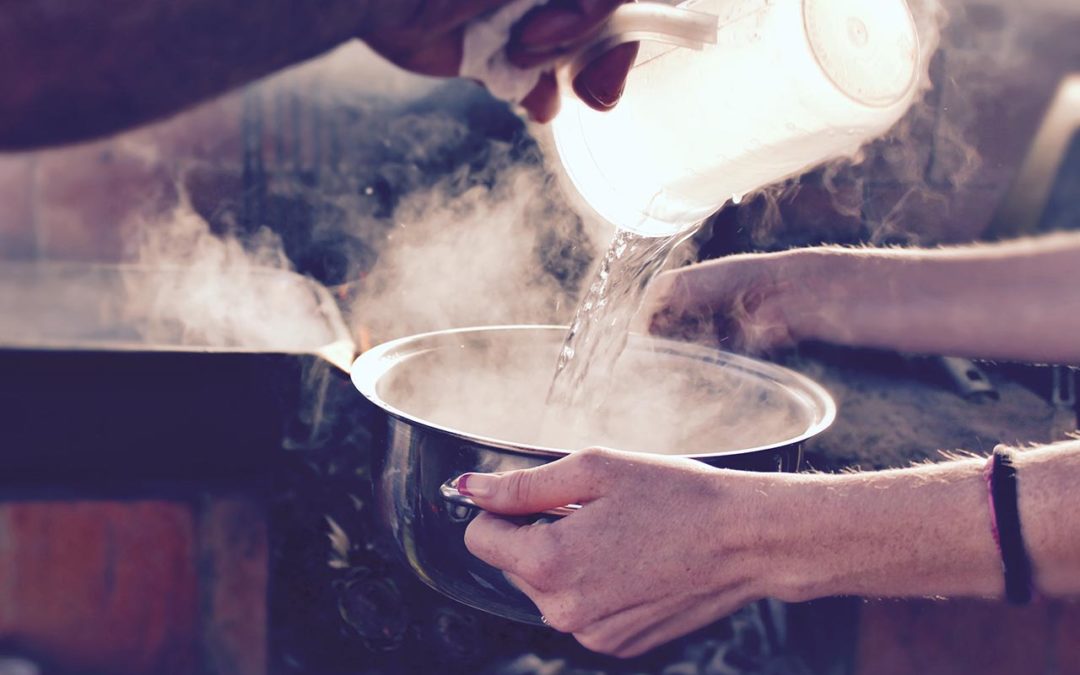“You’ll Miss Me When I’m Gone” goes the song, but it could be a message from your hot water heater. Hot water for bathing, dishes, clothes is something we take for granted – it is simply there when we need it, but through sudden high demand or an equipment failure suddenly the reliable hot water isn’t there and you realize how much you depend on it. Knowing something about how your hot water heater functions and how it prepares and delivers hot water can help you prepare for the sudden moment this function is not available.
Most hot water systems in the United States are based on hot water tanks. Usually located in the basement or some other out of the way place in your home, hot water tanks are large cylinders ranging from 20 to 80 gallons with most homes needing tanks of 40 to 50 gallons to provide adequate daily supply. Inside the tank is a heavy metal cylinder surrounded by insulation to prevent heat loss. This water is maintained under pressure of 50 to 100 pounds per square inch to push water through your home.
Looking at the top of your tank you’ll see a pipe (called a dip tube) entering the tank from the top which is where water enters and then sinks to the bottom. Generally, near the top you’ll also see a valve (called a shut-off) which controls the flow of water into the tank. Knowing where this is can be handy should a leak suddenly occur in the tank. Coming from the top of the tank is a pipe (called a heat-out) that sends water through your home. You will also see a valve (pressure relief) which ensures that your heater stays within a safe pressure range.
At the bottom of your tank there is a drain valve which allows emptying the tank for moving, replacing elements or cleaning sediment. For gas fired water heaters you will also see a small flame which is the pilot light that shows the flow of gas to the burner.
Inside the water heater itself is the heating element for the electrical system and burner unit for gas systems. The temperature of the water is controlled by a thermostat. Also inside the system is a sacrificial anode rod composed of a steel core, surrounded by magnesium or aluminum which helps slow corrosion.
The thermostat is usually set between 120 and 180 degrees. This is enough to provide enough hot water for daily use, but not so hot as to represent a burn risk. Homes with small children should set their thermostat’s temperature to no more than 140 as a safety precaution.
Hot water heaters work on the principle that cold water sinks and hot water rises, so that the cold water flowing into the top of the tank sinks to the bottom where it is heated. The heating element warms the water which then rises to the top where it is available for delivery when needed. As hot water is drawn off cold water replaces it, and the cycle starts over.
Key lessons to take away are: know where the shutoff valve is located in the event of a leak, know that the thermostat setting can be adjusted to avoid too hot water from presenting a risk to small children, know that size of the tank determines how much hot water is available at one time, and that a sudden loss of hot water may represent a failure of burner, heating element or thermostat.
Next time you’re in your basement thank your hot water heater for all its work!


